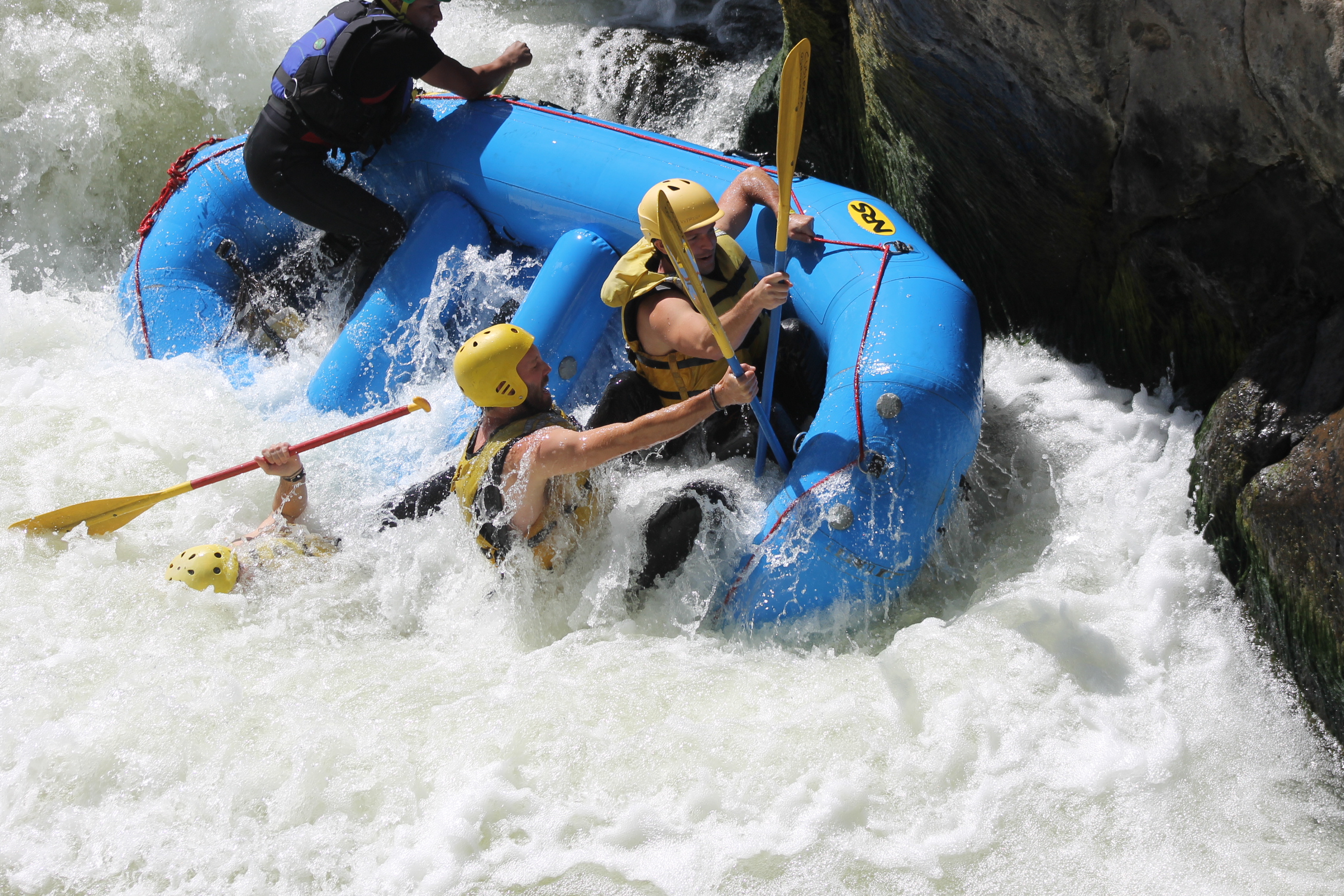I swore off overnight busses, but they’re often the only option. The bus from Cusco to Arequipa was more comfortable than most, but the road was too curvy for sleep. When I arrived, a man at the official tourist information kiosk asked if I was going to do cocaine while in Arequipa. He assured me he could help me find it. It took me far too long to realize he’d said Colca Canyon, one of the largest canyons in the world and the main draw to Arequipa. But it’s not all the city has to offer. It’s attractive, historical, and navigable, without feeling like Disneyland. My first two days in Arequipa were the usual song and dance; explore, meet people, make plans.
First I met Hadrian, who sounded American. In fact, he’d split his time between Paris and Las Vegas, a fascinating dichotomy that was actually the least interesting thing I learned about him. He walked with a limp, which he attributed to a motorcycle accident. Later, he admitted his story was a half-truth. He’d grown up playing tennis, and was in the early stages of a professional career when he was forced to withdraw from a match with pain in his legs. He awoke the next morning paralyzed below the waist. He was diagnosed with a rare genetic disease whose name I never had a chance of remembering. Only two people had ever walked again under those circumstances, but three months after his hospitalization, Hadrian became the third.
He’ll probably never play tennis again, but he can carry a backpack around South America, and he doesn’t take it for granted. His positive energy in spite of a life that has been turned on its head was inspiring. He didn’t have much trouble convincing me to go whitewater-rafting, which was the highlight of my time in Arequipa. But Hadrian checked out of the hostel the next morning, and I was left to research this cocaine place. On cue, in walked a pair of backpackers talking about their plans for the canyon. Half an hour later, we’d booked a three day trek with a spanish speaking guide.






